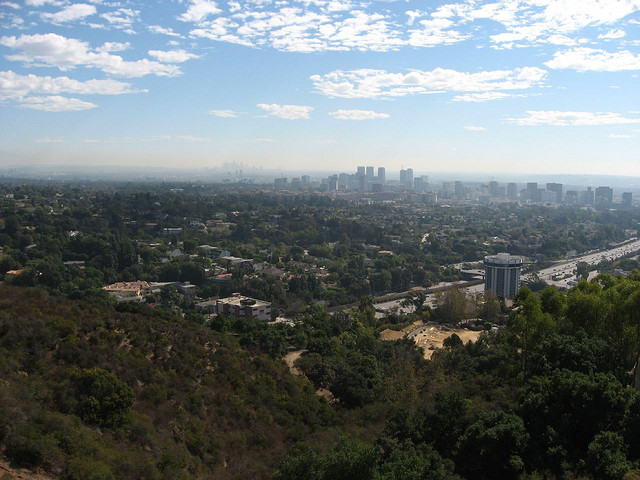Bel-Air Building Exemption Raises Suspicions
A measure allowing a Bel-Air home to exceed height restrictions raised protests among residents concerned that the exemption could set a perilous precedent.
According to the Los Angeles Times, developer M & A Gabaee, an affiliate of Charles Company, asked to construct a home along Bellagio Road in Bel-Air that rises to about 50 feet. Residential development regulations in the Hillside Area limits the height at 36 feet.
A city zoning official cleared the way for the taller structure, but Bel-Air resident Janice Larzof appealed to the West Los Angeles Area Planning Commission, which unanimously decided to deny the exemption request in January.

But the Los Angeles City Council voted across the board in early March to veto the planning commission's decision, which was in accordance with Charter Section 245, and granted the developer’s request for the 50-foot variance.
Mayor Eric Garcetti stood by the council’s decision. Similar action was taken last year when the same developer sought to build a taller home on nearby Stone Canyon Road. Like the Bellagio Road project, the planning commision rejected the plan, but the council still voted to allow it.
Now residents are worried the measure might allow the City Council to disregard hillside building restrictions in the future.
These recent cases raised suspicions as to why M & A Gabaee buildings have been granted exemptions. According to city ethics records, one of the owners of M & A Gabaee, Arman Gabay, and his wife Elenor Beroukhim-Gabay, have been contributing to councilmembers’ campaign funds since 2006. This includes City Council President Herb Wesson and councilmen Jose Huizar, Mike Bonin, Mitch O’Farrell and representative of District 5, Paul Koretz.
According to the L.A. Times, Koretz said that he knew the property owner well, but pointed out that he also sought exemptions for others.
But the idea of City Councilmembers granting favors for campaign contributors is still prevalent among afflicted residents. CityWatch posted an article that looked at the financial connection between Gabay and Koretz; according to the article, not only did Gabay contribute to Koretz's campaign fund, but also contributed $500,000 to one of Koretz's projects. Three residents sent this article to the City Council, according to public records.
“Theoretically, everything should be democratic,” says John Murdock, an attorney knowledgeable on the Bellagio variance, “but it’s a distortion [created by campaign contributions] in what otherwise would be a good system.”
There is already a case pending on the Stone Canyon Creek variance, and there will be another case pending on the Bellagio Road variance. Out of the 21 files submitted to City Council from civilians, only two were in favor of the variance. Homeowner associations worry the allowance of taller buildings will trigger an “urbanization” of the hillside landscape that the regulations sought to protect.
“...this variance would set a negative precedent in the hillsides and undermine the recently enacted [residential development regulations],” wrote Marian Dodge, president of the Federation of Hillside and Canyon Associations, Inc., in a letter to City Council.
Reach staff reporter Heidi Carreon here; follow her on Twitter here.



